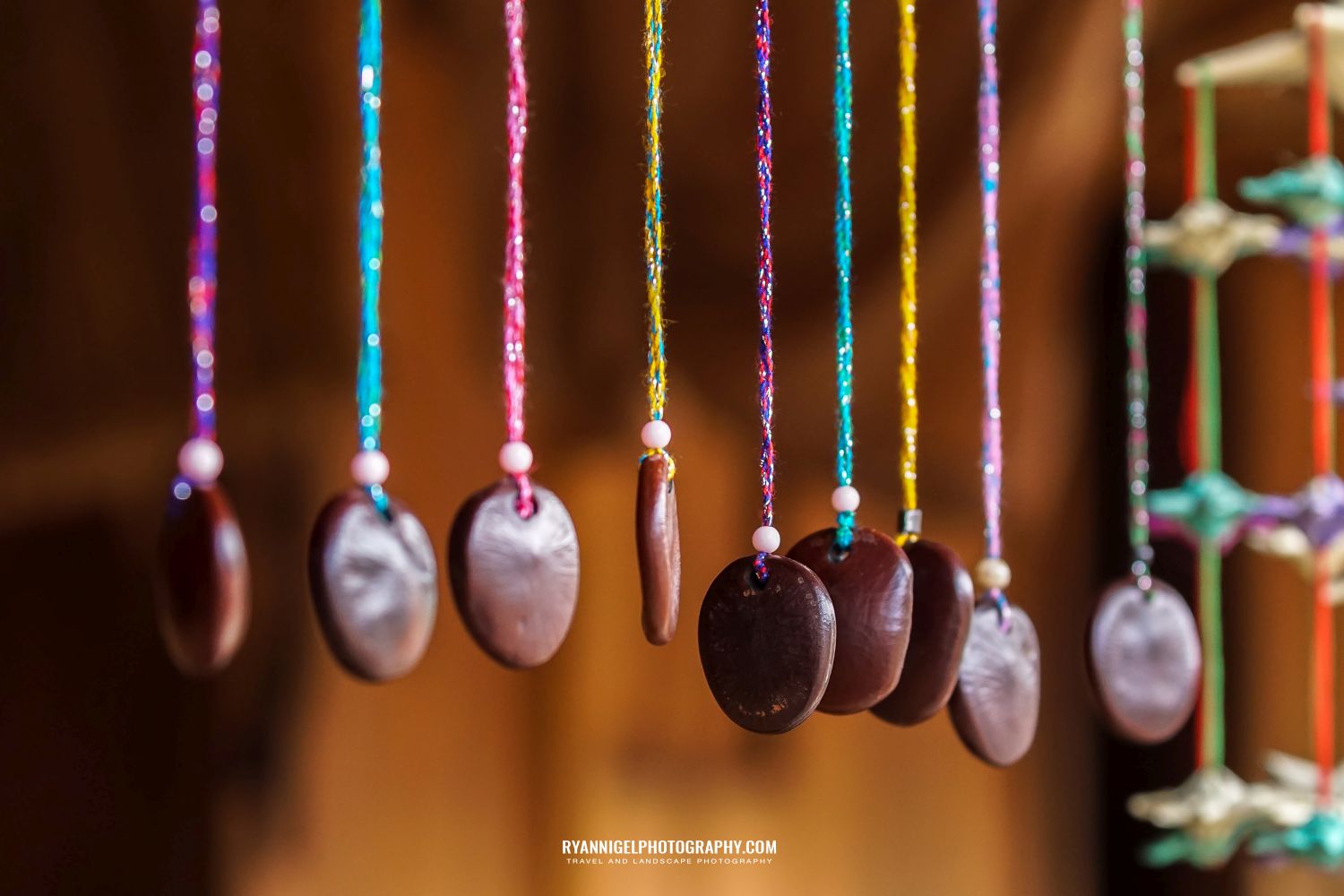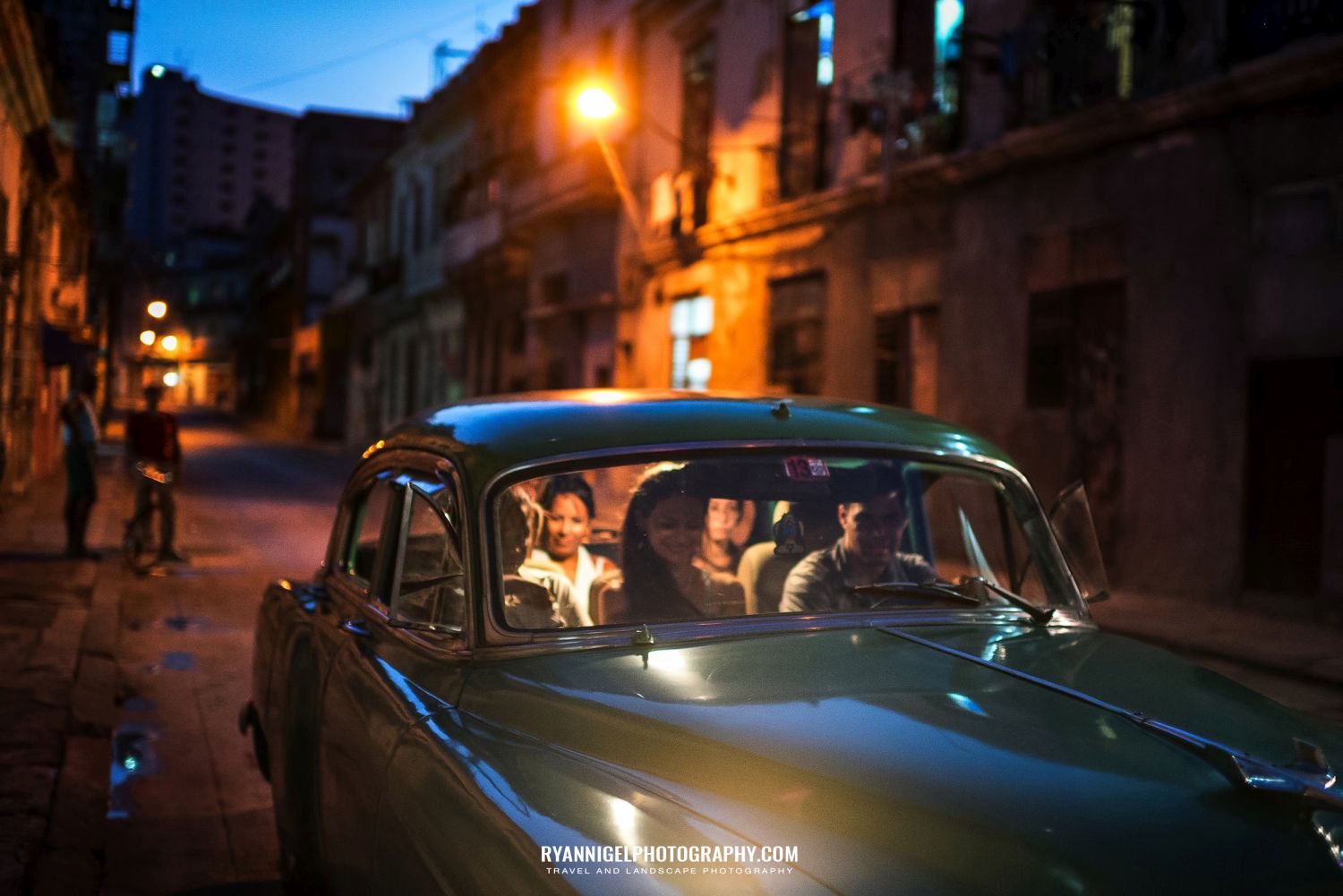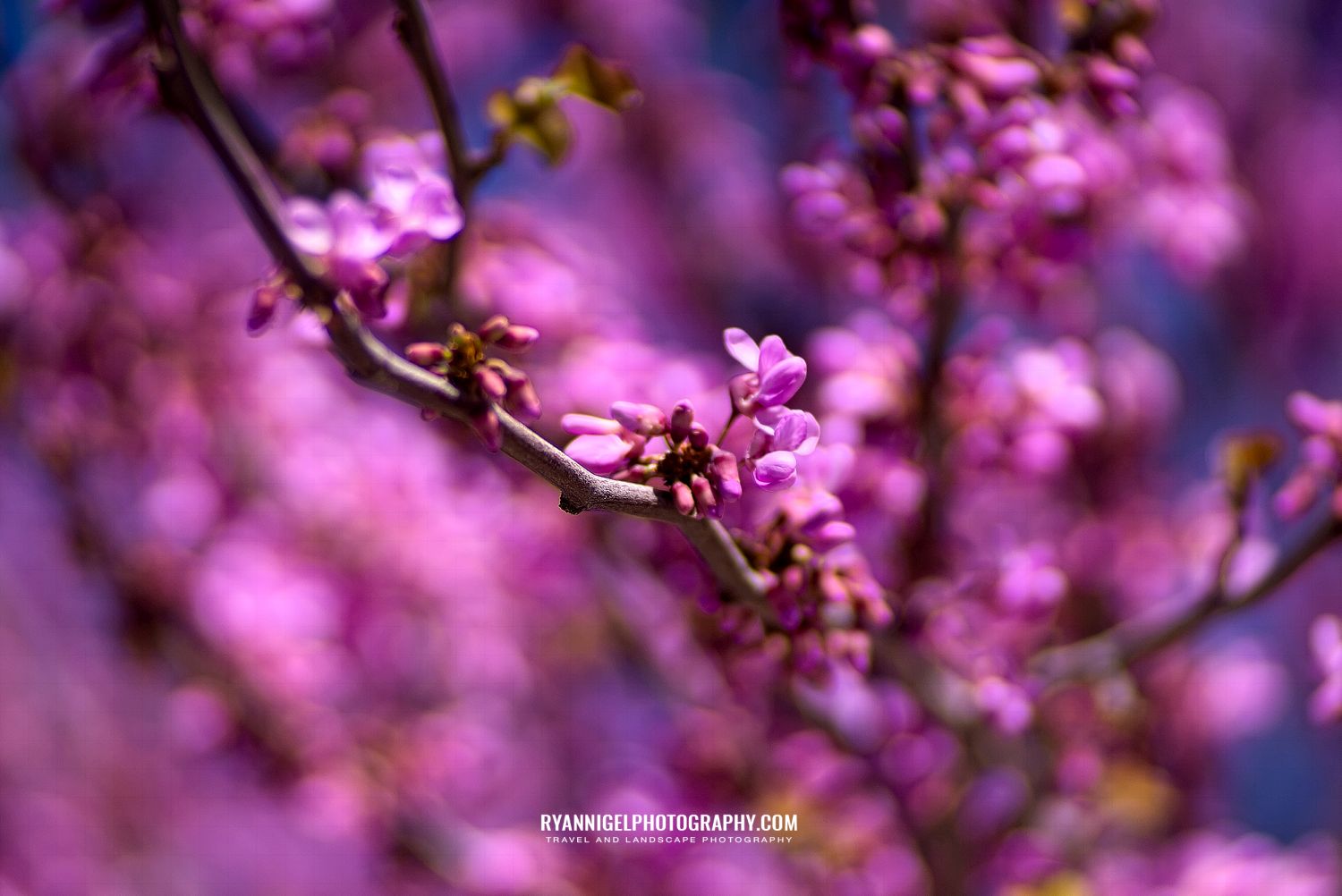In short: Bokeh is background blur. 🙂 Huh ? Blurrrrr ? blur is, how to say…, the out of focus area: when your background is out of focus and only the object is in focus. This is also called object isolation. It’s getting difficult hey??? No worries. I will explain. 🙂
Bokeh
Photographers, amateur, semi pro, pro, etc. They can get lyrical about Bokeh. Because that out-of-focus area, that blurred background can come in various flavors. Onion Bokeh, Hexagon, Creamy, etc. There are just to many of it. And it’s all in the taste of the viewer and photographer: which one do you like ?
Let me explain it by example. Portrait shooters tend to use a lot of Bokeh. They want the model, or part of the model (the face), and just that in focus. The rest need to be blurred. Landscape and nature shooters use also a lot of Bokeh. When shooting flowers, leaves, rock, stones (in a scenery), animals (wildlife), birds, for example.
Very shallow depth of view. Focus is on the wooden hanger. Shot with a 50mm F1.8 at F2.8 ISO 320 at Flores Island (East Nusa Tenggara) Indonesia.
How to create Bokeh ?
The Lens, the Focal length and the Aperture. These 3, or better a combi of these 3, creates Bokeh. I will break it down 1 by 1 for you.
1 The Lens
The lens. You have modern lenses and you have old skool lenses. Then you got the very expensive ones and the cheap ones. Then you got the special lenses, and with this i mean the, mostly manual focus, ones. Like Mitagon, etc. Now it is NOT true that more, or really, expensive ones create nicer Bokeh. The quality of the glass, the aperture blades and number of aperture blades add to a nicer quality of Bokeh. But…. it is more and more the taste of the viewer and the photographer. Like i wrote in another post: one likes this, the other one likes that. Anyway 🙂 lets go on. We go to the second point.
2 The Focal Length
Focal length is to, up to a certain point, key in creating Bokeh. Rule: the wider the lens, the less bokeh you get. So a 18mm wide lens doesn’t create any significant Bokeh. Starting from 35mm (in FF format) and with a fast aperture, you can create some decent, if not outstanding, Bokeh. Of course depending on the subject.
The focal range of 35-150mm in a fast aperture can give you really nice Bokeh. But how about wildlife ? I want to shoot that lion’s head ! Sure and you can, you only need a 600 to 800mm fixed aperture lens. (and they cost shitloads of money). So with long zoom you can get bokeh too ? Sure ! Even your kit lens, say a 18-135mm, is capable to create some Bokeh. But it is not to nice. Why ? Then we come to the 3rd point and that is Aperture.
3 Aperture
Why is aperture so important ? Well the faster the Aperture the shallower the depth of field and therefore the more Bokeh (out of focus area). So a 35mm F1.4 creates more and better Bokeh that the 18-135mm F3.5-F5.6 at 35mm. Because of the wider aperture. (and probably better quality glass and aperture blades). A 50mm F0.95 (Leica Noctilux, Mitagon Speedmaster) create a super shallow depth of field. But !! there is always a but. The shallower the depth of field the more difficult it is to focus correctly.
Now i can talk and write for hours and hours, but you get the idea don’t you ? This is also a general explanation and not an in-depth review. 🙂 But what about wildlife ? That 600mm ? Or 800mm ? Now these telephoto and or telezooms have a already a very small field of view. And with a small field of view, comes a small depth of field. But the Bokeh will be different from a 35mm f1.4 for example. That is because of the focal length, field of view and lens construction.
Shot in Havana Cuba, background is out of focus but not That out of focus, i you know what i mean. That’s because of my camera settings and time to take the shot. This shot taken with the 50mm F1.8 at F2.8 and ISO 320. To low ISO to get the shot sharp and to much movement. Also on F1.8 i had a better photo. Despite the missing sharpness and focus i am still satisfied with the result. The scene is very nice and actually just how i wanted it. It was just that the time to take the shot was not enough (This was a passing car !!).
Object/Subject Isolation
Why use it ? Well if you want to create object/subject isolation on itself, that can be a reason. Creativity is another reason. Example: in food photography, the close up shots of the dishes are all done with 35, 50 and 85mm fast aperture lenses. Facial portrait with just the face (not even the ears and sides of the head) in focus. Same: all done with 35, 50, 85 and even 135mm lenses.
Why ? Well the photographer wants to show the detail, the object itself, in the photo and not being distracted by background. Another reason can be that the photographer likes that type of photos or it can be just plain creativity.
Post Processing
These days post processing software is so good that you can create Bokeh after. You can ‘technically’ blur your backgrounds to achieve object isolation and Bokeh. Should you do it ? Well that is up to you. You see, if you are more a post processor than a photographer, i would say yes. But if you are more a photographer than a post processor, i would say no.
It is really difficult to mimic or copy the lens characteristics in post. Especially with the focal lengths 35, 50, 85mm with really speedy apertures like F1.4 or F1.8. These lenses render background blur so nice and unique that it is really hard to copy that in post processing.
Flower. Shot in Mallorca Spain. Shot with the 35mm F1.4. And you see that the Bokeh is different than on the other photos.
Lenses
Fast aperture lenses can be filthy expensive. Really. But if you are a novice and you want to try there are brands that offer some great alternatives for the expensive ones. Take Rokinon/Samyang and Mitakon. Also TTArtisan and 7Artisan are lenses to consider. They don’t break your bank and you can master the skills for a bargain. It is useful to look at auction sites for these lenses and many buy them but, in the end, don’t find a use for them.
Final
Like i said this is not an in-depth tutorial. It is just to give the beginner photographer an idea about Bokeh, what it is and how to create it. There is plenty more to tell about types of lenses, apertures and even camera bodies but maybe i write about that in a later article. Now, get out your chair, get your gear and go shoot something !


